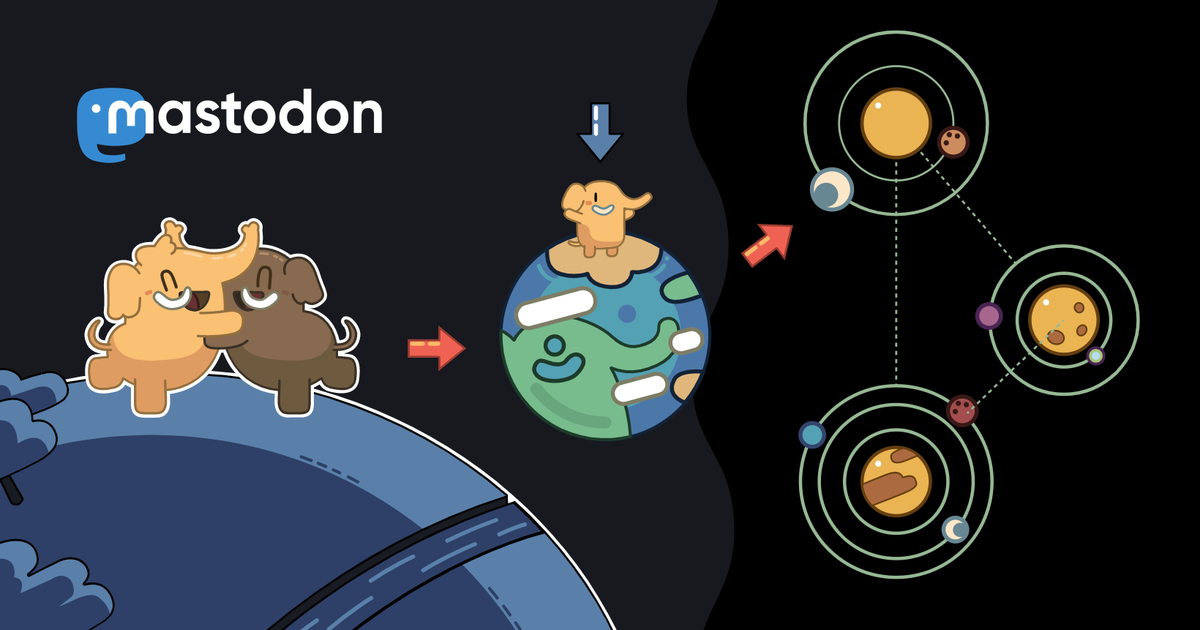SplinesSometimes you get the most unexpected design ideas from the most unexpected source.<br>
<br>
Here, I took the top portion of the <a href="https://pixelfed.social/discover/tags/braid?src=hash" class="u-url hashtag" rel="nofollow noopener" target="_blank">#braid</a> strand sliced horizontally in <a href="https://pixelfed.social/p/Splines/798252244743520392" rel="nofollow noopener" target="_blank">https://pixelfed.social/p/Splines/798252244743520392</a> and extracted the surface borders of each "bean" shaped segment of the strand.<br>
<br>
The extracted curves shown in the top portion of the diagram look like 4 pairs of tiny bathroom slippers, each with a single strap near the front where the toes would be.<br>
<br>
Fun activity for the entire family: Use <a href="https://pixelfed.social/discover/tags/uniformScaling?src=hash" class="u-url hashtag" rel="nofollow noopener" target="_blank">#uniformScaling</a> or <a href="https://pixelfed.social/discover/tags/nonuniformScaling?src=hash" class="u-url hashtag" rel="nofollow noopener" target="_blank">#nonuniformScaling</a> to fit every feet and be creative with the straps.
mstdn.social is one of the many independent Mastodon servers you can use to participate in the fediverse.

A general-purpose Mastodon server with a 500 character limit. All languages are welcome.
Administered by:
Server stats:
8.8Kactive users
mstdn.social: About · Status · Profiles directory · Privacy policy · Terms of service
Mastodon: About · Get the app · Keyboard shortcuts · View source code · v4.4.1
#uniformScaling
0 posts · 0 participants · 0 posts today
SplinesRefer to <a href="https://pixelfed.social/p/Splines/793554853964898442" rel="nofollow noopener" target="_blank">https://pixelfed.social/p/Splines/793554853964898442</a> for the backstory on this post.<br>
<br>
This is a perspective view showing <a href="https://pixelfed.social/discover/tags/scroll?src=hash" class="u-url hashtag" rel="nofollow noopener" target="_blank">#scroll</a> <a href="https://pixelfed.social/discover/tags/scaffolding?src=hash" class="u-url hashtag" rel="nofollow noopener" target="_blank">#scaffolding</a> surfaces <a href="https://pixelfed.social/discover/tags/extruded?src=hash" class="u-url hashtag" rel="nofollow noopener" target="_blank">#extruded</a> from <a href="https://pixelfed.social/discover/tags/primaryCurves?src=hash" class="u-url hashtag" rel="nofollow noopener" target="_blank">#primaryCurves</a> F1-R1, F2-R2,…. Be sure to follow these blue curves from back to front and then back again.<br>
<br>
Metaphorically speaking, we want to use these blue curves as <a href="https://pixelfed.social/discover/tags/walkingSticks?src=hash" class="u-url hashtag" rel="nofollow noopener" target="_blank">#walkingSticks</a> to find the curves that meet at the front tangent points T1 through T6 and corresponding tangent point in the rear (not shown), WHILE remaining faithful to the original curves we extracted from <a href="https://pixelfed.social/discover/tags/Vignola?src=hash" class="u-url hashtag" rel="nofollow noopener" target="_blank">#Vignola</a>'s original sketches.<br>
<br>
This means that the point F1 should somehow move toward T1, F2 toward T2, and so on, with corresponding movements on the rear rectangle, yielding us 6 new <a href="https://pixelfed.social/discover/tags/secondaryCurves?src=hash" class="u-url hashtag" rel="nofollow noopener" target="_blank">#secondaryCurves</a>.<br>
<br>
Being "faithful" to the original curves means that when secondary curves derived from horizontal <a href="https://pixelfed.social/discover/tags/primaryCurves?src=hash" class="u-url hashtag" rel="nofollow noopener" target="_blank">#primaryCurves</a> are viewed from the top, they are indistinguishable from each other, even though they are clearly different curves with distinct trajectories. Likewise, secondary curves derived from vertical primary curves must be indistinguishable from each other when viewed from a side.<br>
<br>
In order to accomplish this feat, we need the remaining <a href="https://pixelfed.social/discover/tags/volute?src=hash" class="u-url hashtag" rel="nofollow noopener" target="_blank">#volute</a> tangent points on rectangles P, Q, and R. That means we first need the corresponding volutes that are used to <a href="https://pixelfed.social/discover/tags/modulate?src=hash" class="u-url hashtag" rel="nofollow noopener" target="_blank">#modulate</a> the scroll surface.<br>
<br>
In <a href="https://pixelfed.social/p/Splines/792616677005177924" rel="nofollow noopener" target="_blank">https://pixelfed.social/p/Splines/792616677005177924</a>, we used the <a href="https://pixelfed.social/discover/tags/scale?src=hash" class="u-url hashtag" rel="nofollow noopener" target="_blank">#scale</a> operation to scale the original volute down from 3x to match the scale of our model using a <a href="https://pixelfed.social/discover/tags/uniformScaling?src=hash" class="u-url hashtag" rel="nofollow noopener" target="_blank">#uniformScaling</a> factor of 0.33333333.<br>
<br>
In <a href="https://pixelfed.social/p/Splines/792966507797633558" rel="nofollow noopener" target="_blank">https://pixelfed.social/p/Splines/792966507797633558</a>, we can see that the frame rectangles Q and R have independent scaling factors that are different in the X and Y direction. So here we use <a href="https://pixelfed.social/discover/tags/nonuniformScaling?src=hash" class="u-url hashtag" rel="nofollow noopener" target="_blank">#nonuniformScaling</a>.<br>
<br>
To get the modulating volute for Q, scale the original volute by 56/112 in X direction and 80/128 in Y direction. Scale factors for the modulating volute at R are 28/112 in X direction and 48/128 in Y direction. P is same as Q.
TrendingLive feeds
Mastodon is the best way to keep up with what's happening.
Follow anyone across the fediverse and see it all in chronological order. No algorithms, ads, or clickbait in sight.
Create accountLoginDrag & drop to upload